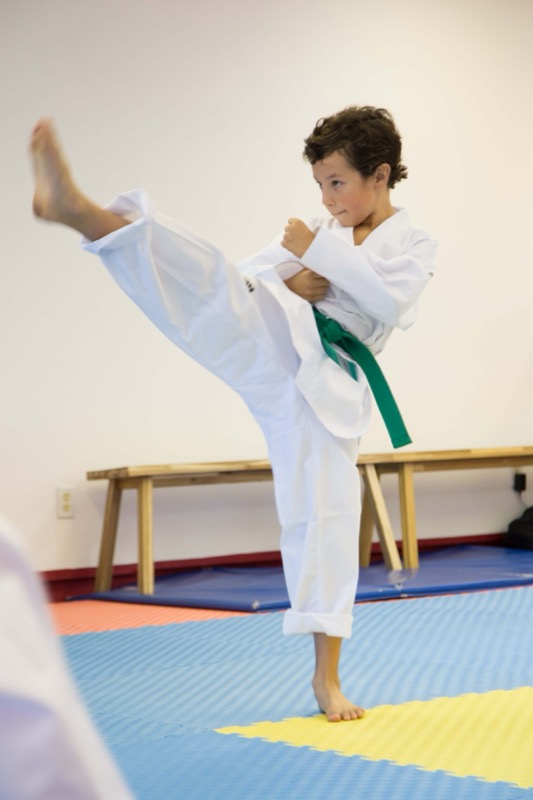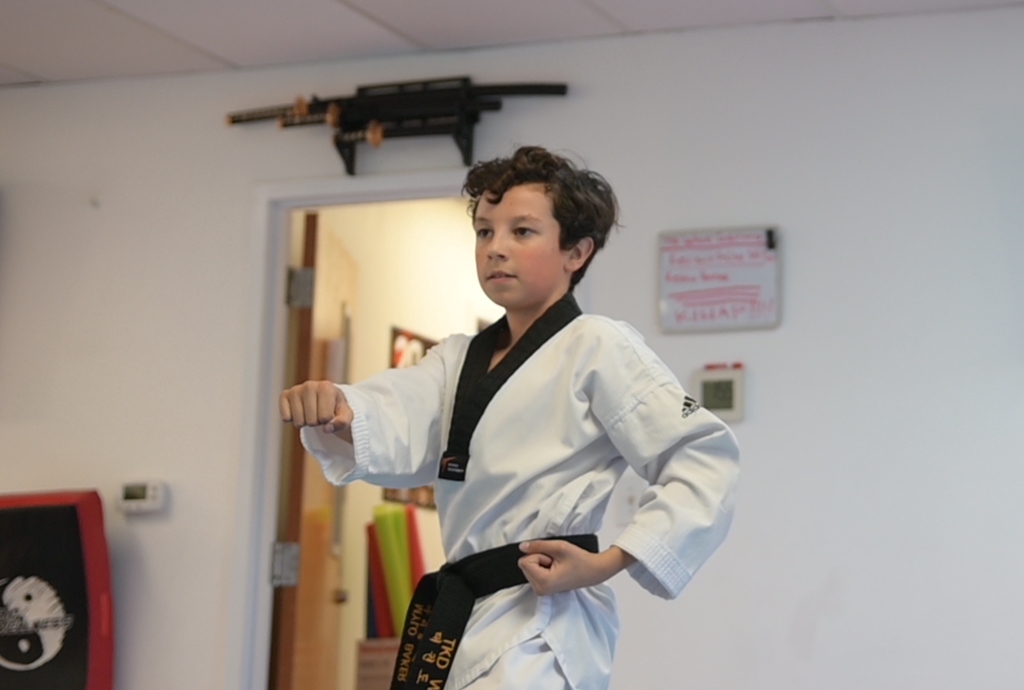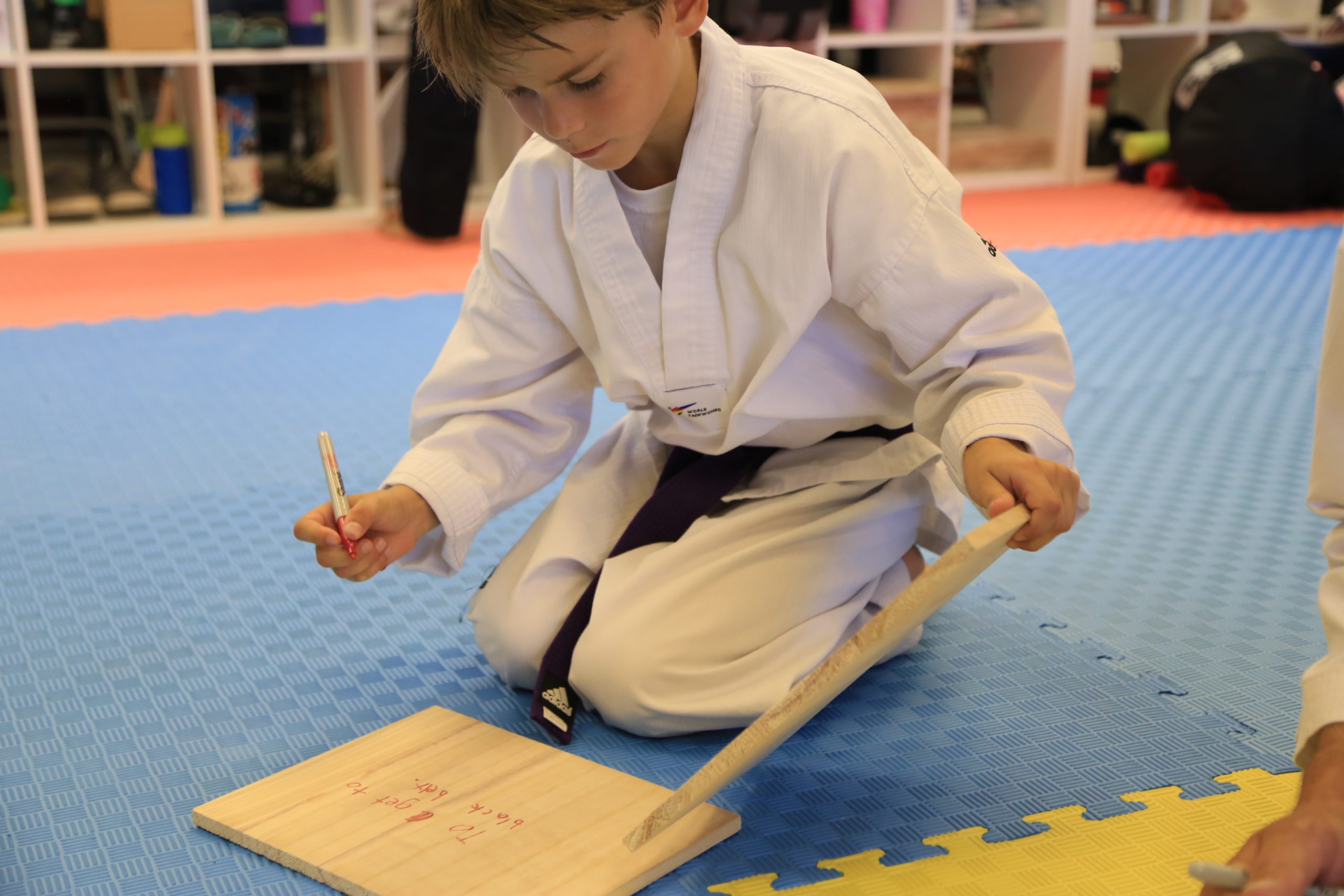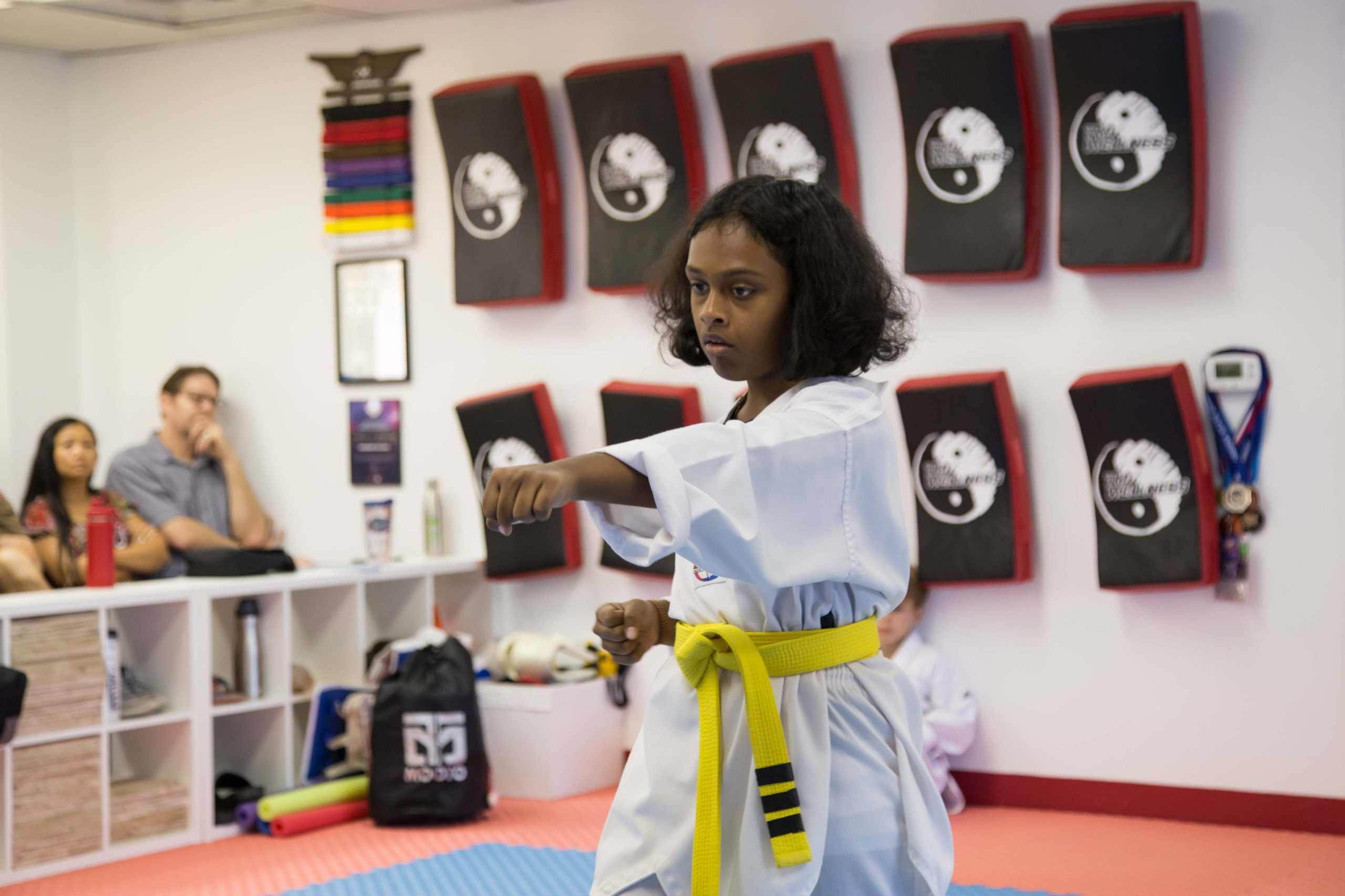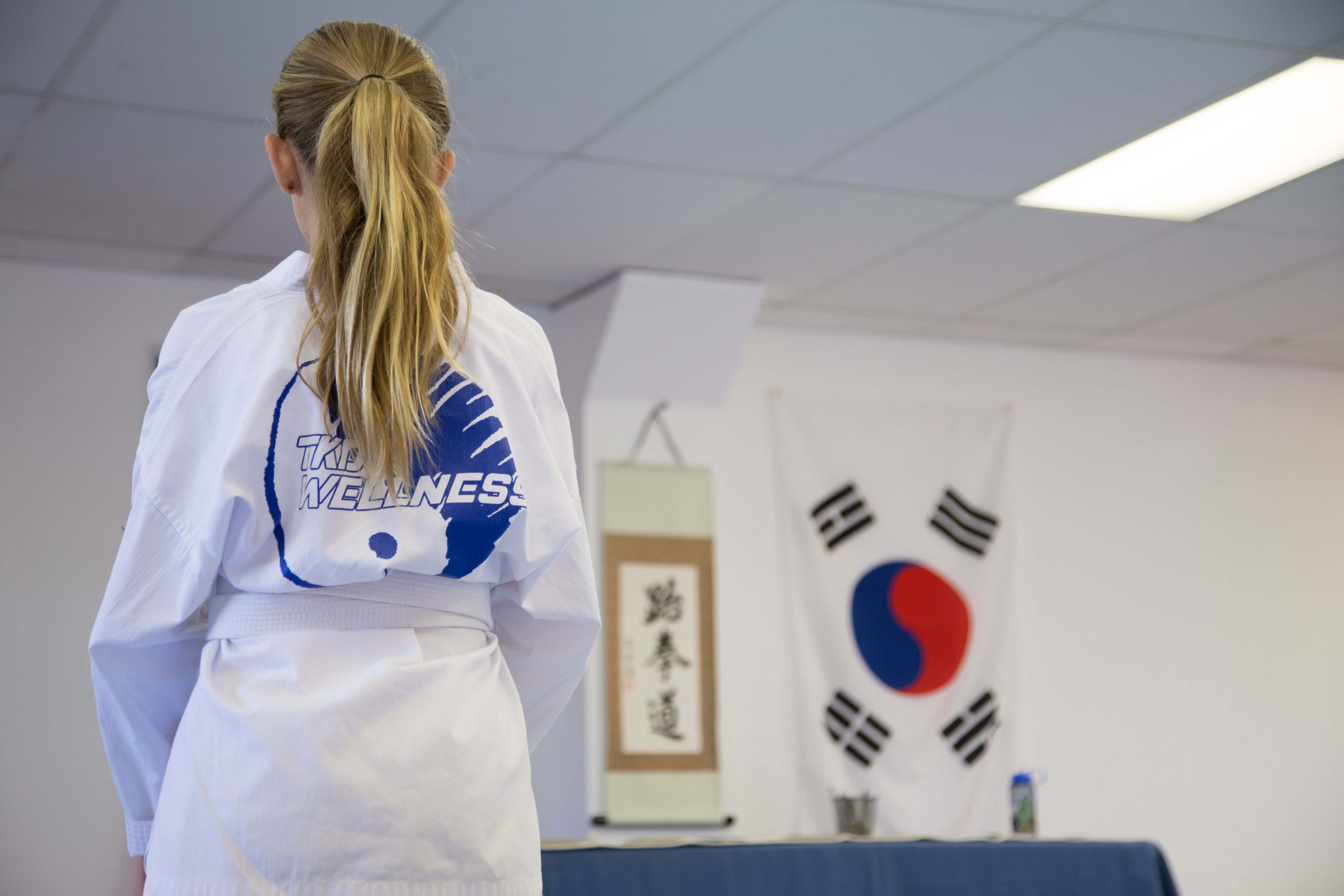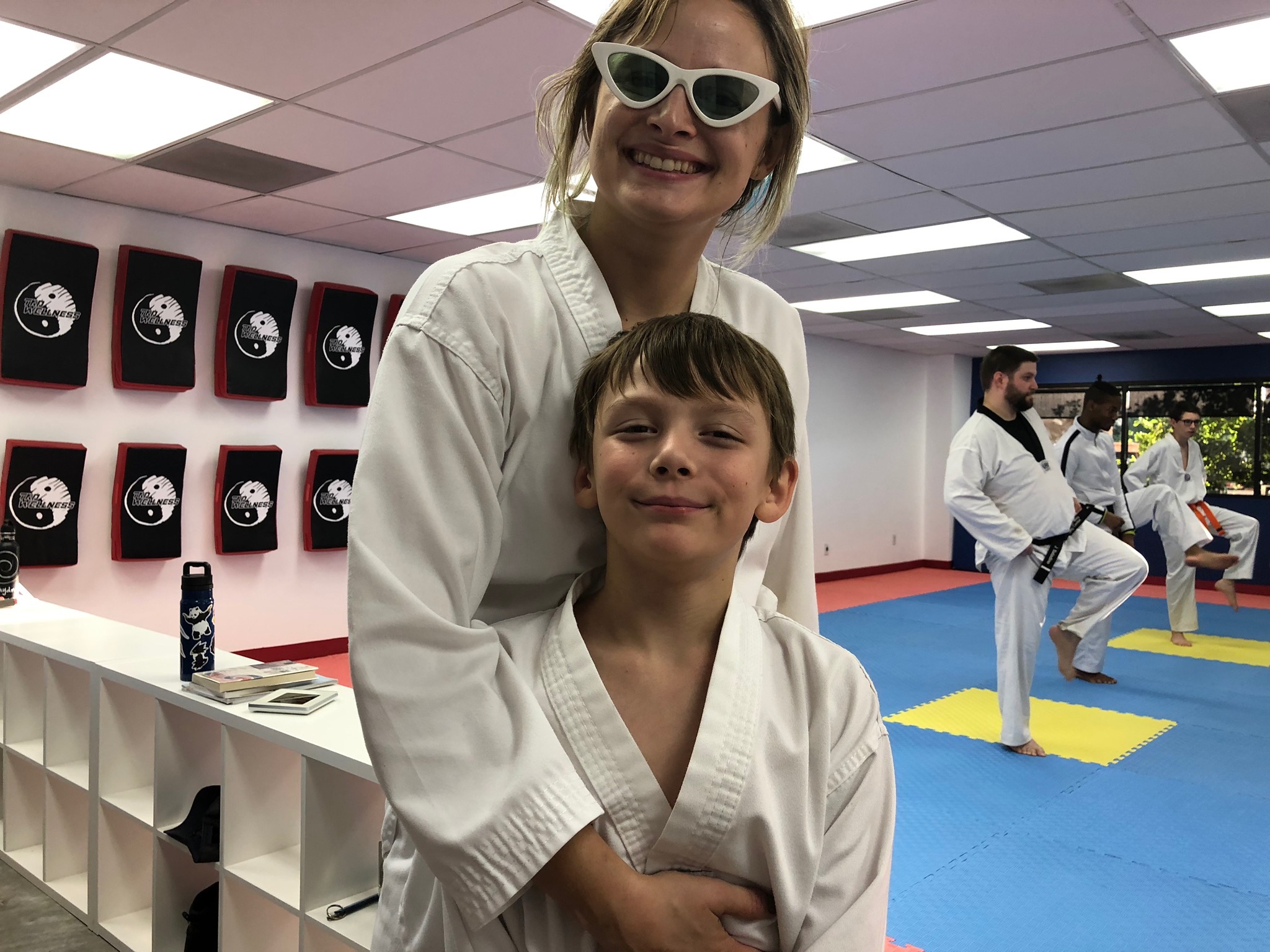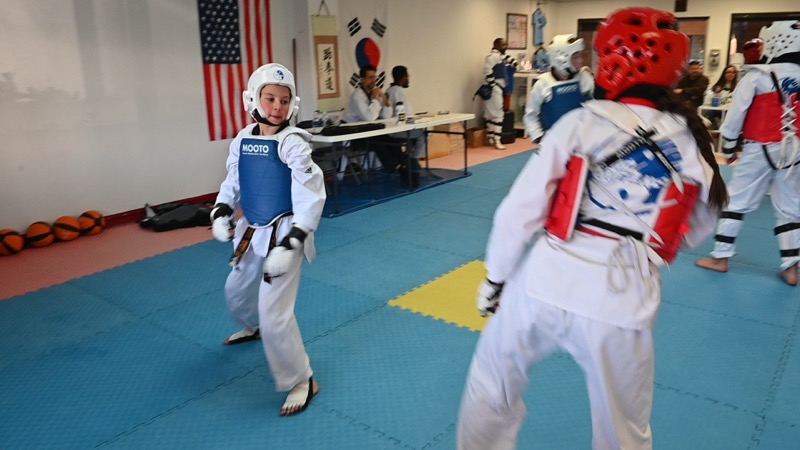
Summer vacation is a time for kids to unwind, explore new activities, and recharge before the next school year. However, as parents, keeping your children active and engaged during these months can be a challenge. Martial arts offer an exciting and rewarding way to maintain physical fitness, instill discipline, and create a structured summer routine. Whether your child is a budding black belt or a beginner, martial arts can be the perfect summer activity for physical, mental, and emotional growth.
Here’s a comprehensive guide on how martial arts can help your kids stay active and engaged throughout the summer.
Why Martial Arts Is the Perfect Summer Activity
Martial arts stand out from other summer activities because they offer a unique combination of benefits that nurture the body and mind. Here’s why you should consider enrolling your child in a martial arts program this summer:
1. Physical Fitness
Martial arts provide a full-body workout, helping children improve their strength, flexibility, coordination, and cardiovascular health. Through kicks, punches, and dynamic movements, kids stay physically active while having fun.
2. Discipline and Routine
The structured nature of martial arts classes fosters discipline and time management. With regular sessions, kids develop a sense of responsibility and learn to value consistency—a great lesson for life.
3. Confidence and Self-Esteem
Achieving milestones such as mastering new techniques or earning a new belt boosts a child’s confidence. This empowerment can positively impact their approach to challenges both inside and outside the dojo.
4. Stress Relief and Emotional Balance
Martial arts encourage mindfulness and emotional regulation. Breathing techniques and focus exercises teach kids how to manage stress and remain calm under pressure.
5. Social Skills and Teamwork
Classes provide a supportive environment where children interact with peers, practice cooperation, and build lasting friendships.
Selecting the Right Martial Art for Your Child
Every martial art offers unique benefits. Understanding the different styles can help you choose the right fit for your child’s interests and abilities:
- Taekwondo: Known for its dynamic kicks and fast-paced movements, Taekwondo is great for kids who enjoy high-energy activities.
- Karate: Focuses on precision and striking techniques, perfect for children who enjoy structured routines and clear goals.
- Judo: A grappling-based martial art emphasizing throws and ground techniques, suitable for kids who enjoy physical contact and strategy.
- Brazilian Jiu-Jitsu: Similar to judo but with a stronger emphasis on ground fighting and submissions, ideal for children who like problem-solving and technique over strength.
- Kung Fu: Incorporates flowing movements and traditional forms, making it appealing to kids with an interest in culture and agility.
- Aikido: A defensive art that emphasizes harmony and redirection of force, perfect for kids who are gentle yet want to learn effective self-defense.
Finding the Right Martial Arts School
The quality of instruction and the environment of the dojo can greatly impact your child’s martial arts experience. Here’s what to look for when choosing a school:
- Reputable Instructors: Ensure the instructors are certified, experienced, and have a passion for working with children.
- Positive Environment: Visit the dojo to observe a class. Look for a safe, welcoming, and encouraging atmosphere.
- Trial Classes: Many schools offer free or low-cost trial classes to help your child determine if they enjoy the discipline.
- Flexible Summer Programs: Some schools offer short-term summer programs designed to introduce kids to martial arts without a long-term commitment.
Incorporating Martial Arts into Summer Routines
Creating a balanced summer schedule with martial arts as a central activity can help your child make the most of their break. Here’s how to integrate it effectively:
1. Establish a Regular Schedule
Set consistent days and times for martial arts classes. This structure keeps children engaged and ensures they develop a routine.
2. Encourage Practice at Home
Dedicate a small space for practice and encourage your child to work on techniques learned in class. This reinforces their skills and keeps them active between sessions.
3. Combine with Other Activities
Balance martial arts with other interests, such as reading, creative projects, or family outings. This ensures your child’s summer is both enriching and well-rounded.
4. Set Goals Together
Help your child set achievable goals for their martial arts journey, such as mastering a specific technique or earning their next belt. Celebrate their accomplishments to keep them motivated.
Bonus: Martial Arts-Themed Summer Fun
To further enhance the experience, consider incorporating martial arts into family activities:
- Martial Arts Movie Night: Watch age-appropriate martial arts films to inspire your child.
- Outdoor Practice: Take training sessions to a local park for fresh air and a change of scenery.
- Create Challenges: Organize fun sparring drills or obstacle courses that align with martial arts techniques.
Conclusion
Martial arts are a fantastic way to keep your child active, disciplined, and engaged during the summer vacation. Beyond the physical benefits, the values of respect, perseverance, and self-confidence learned through martial arts can shape your child’s character for years to come. By enrolling your child in martial arts classes this summer, you’re not just providing them with a fun activity but investing in their holistic growth and development.
So, take the leap this summer and let martial arts transform your child’s vacation into a season of growth, learning, and adventure.
Written by AI & Reviewed by Clinical Psychologist and Head Coach: Yoendry Torres, Psy.D.
Disclaimer: Please note that some blog posts may contain affiliate links, and TKD Wellness will earn a commission if you purchase through those links at no additional cost to you. We use all of the products listed and recommend them because they are companies or products that I have found helpful and trustworthy. Our website is supported by our users.

